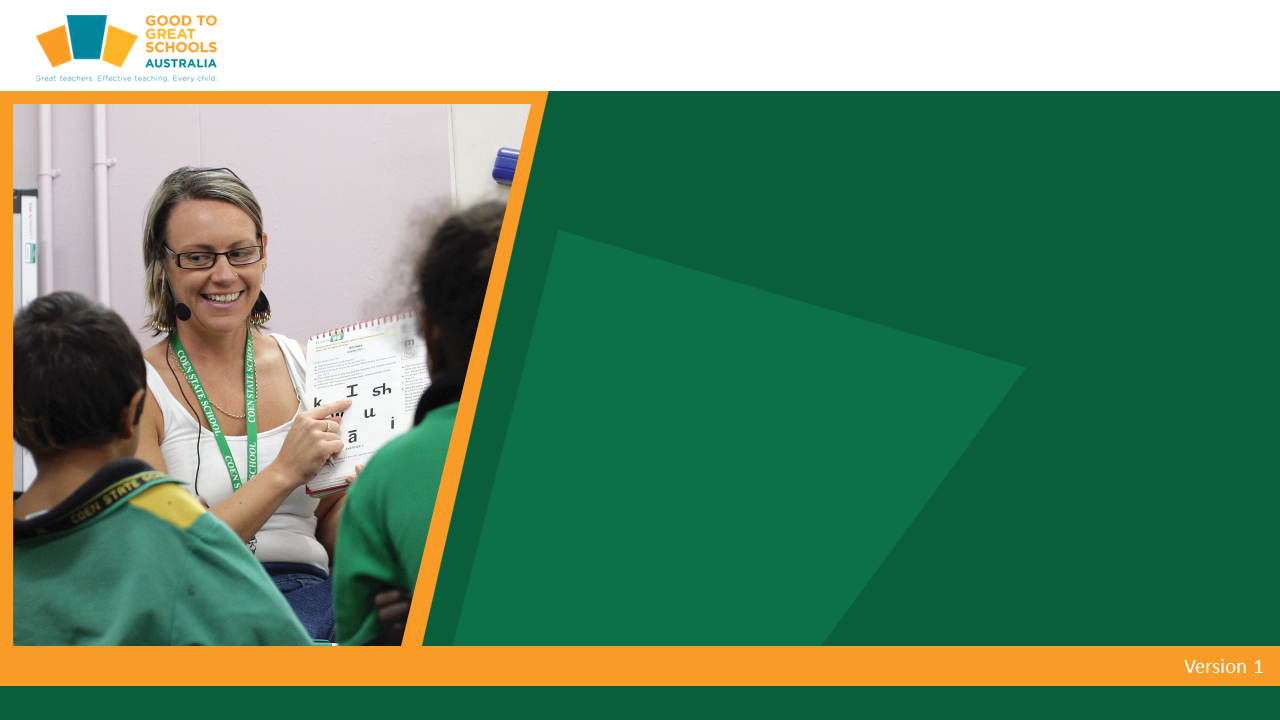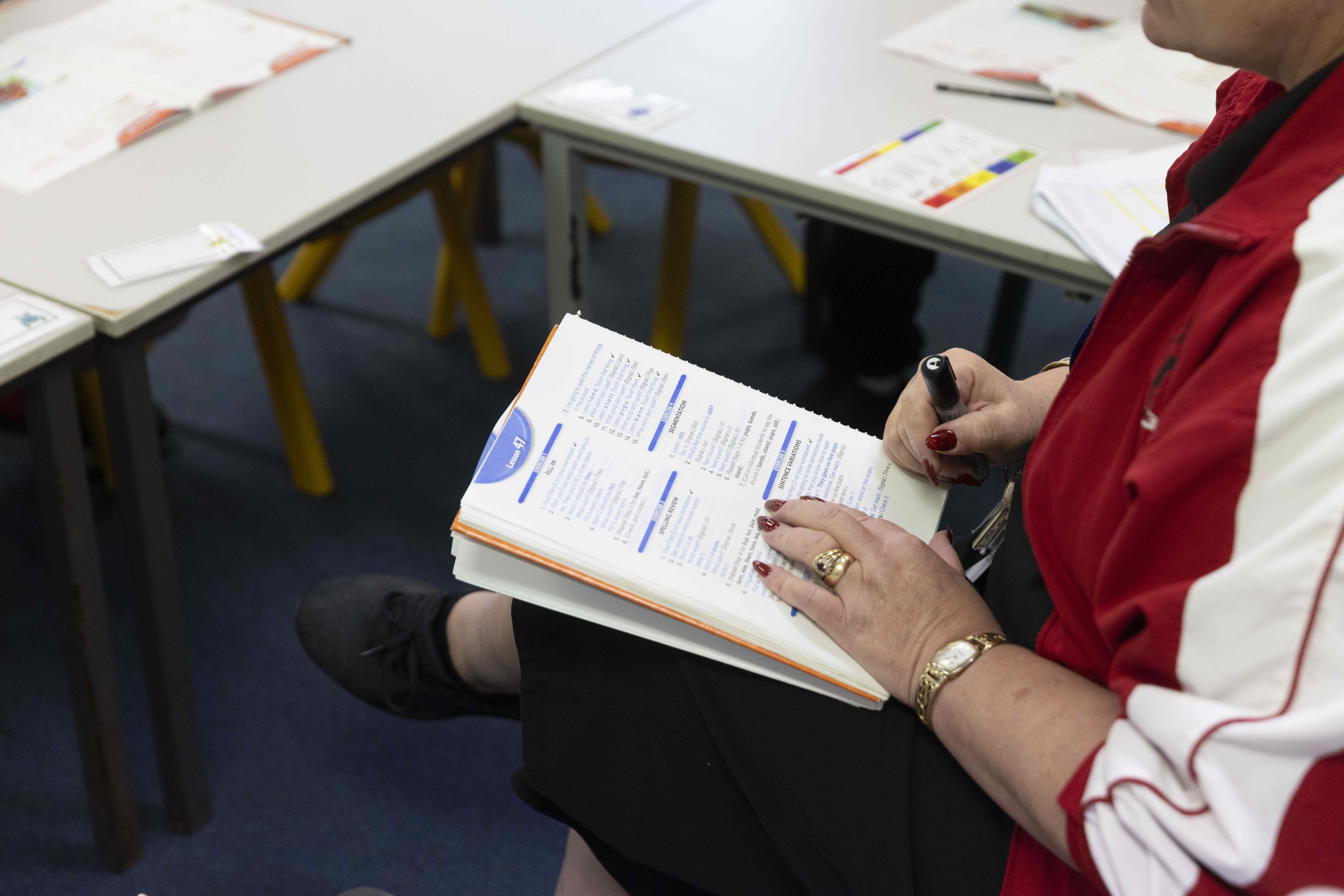Practice Direct Instruction for Special Education
-
Module Introduction2 Topics
-
Delivered With Fidelity16 Topics|2 Tests
-
Cover
-
Module Objective
-
Following a Process When Delivering Special Education
-
Special Education Using Direct Instruction
-
Identify
-
Identify Scenario
-
Adjust
-
Adjust Scenario
-
Video: Carrying Out Diagnostic Testing
-
Video: How to fill out the Individualised Plan
-
Teach
-
Teach Scenario
-
Review
-
Review Scenario
-
Check Your Understanding
-
Test Your Understanding
-
Cover
-
Not Delivered With Fidelity12 Topics|2 Tests
-
Cover
-
What Happens When the Process of Direct Instruction for Special Education is not Delivered with Fidelity
-
The Processes of Identify are not Delivered with Fidelity
-
Scenario – The Identify Steps are not Delivered with Fidelity
-
The processes of Adjust are not Delivered with Fidelity
-
Scenario – The Adjust Steps are not Delivered with Fidelity
-
The Processes of Teach are not Delivered with Fidelity
-
Scenario – The Teach Steps are not Delivered with Fidelity
-
The Processes of Review are not Delivered with Fidelity
-
Scenario – the Review Steps are not Delivered with Fidelity
-
Check Your Understanding
-
Test Your Understanding
-
Cover
-
Barriers That Impede Fidelity8 Topics|2 Tests
-
Cover
-
Barriers That Impede Applying the Processes of Direct Instruction for Special Education with Fidelity
-
Using Deductive Logic to Identify the Cause of the Barrier
-
Not Understanding Why the Process is Required
-
Not Knowing How to Do the Process
-
Not Seeing the Value in Doing the Process
-
Check Your Understanding
-
Test Your Understanding
-
Cover
-
Removing Barriers That Impede Fidelity7 Topics|2 Tests
-
Module Completion Survey1 Topic

Adjust Scenario
Step 1: Conducting Diagnostic Testing
Teacher, Smith, notices that Sarah, a student in her class, is struggling significantly with reading comprehension. Concerned about Sarah’s progress, Smith collaborates with the Head of Wellbeing to arrange diagnostic testing. Specialists are brought in to conduct thorough assessments to determine the nature of Sarah’s difficulties and the appropriate supports needed.
Step 2: Reviewing Assessment Results

After the diagnostic testing, the Head of Wellbeing receives the results and shares them with Smith and Sarah’s parents. Together, they sit down to discuss the findings. It becomes clear that Sarah has a specific learning disability that impacts her reading abilities and requires specialised support.
Step 3: Drafting Individualised Plan
Smith, in response to Sarah’s needs, takes action to draft an Individualised Plan tailored to support her learning. Using the provided template, Smith completes each section meticulously, outlining Sarah’s profile, learning goals, necessary adjustments, modifications and testing supports.
Step 4: Collaboration and Implementation
With the proposed Individualised Plan ready, Smith shares it with the Head of Wellbeing for expert input. Subsequently, a meeting is convened with the Student Support Team, including Sarah’s parents. During the meeting, Smith discusses and finalises the plan, gathering input from all stakeholders and agreeing on a communication strategy.

